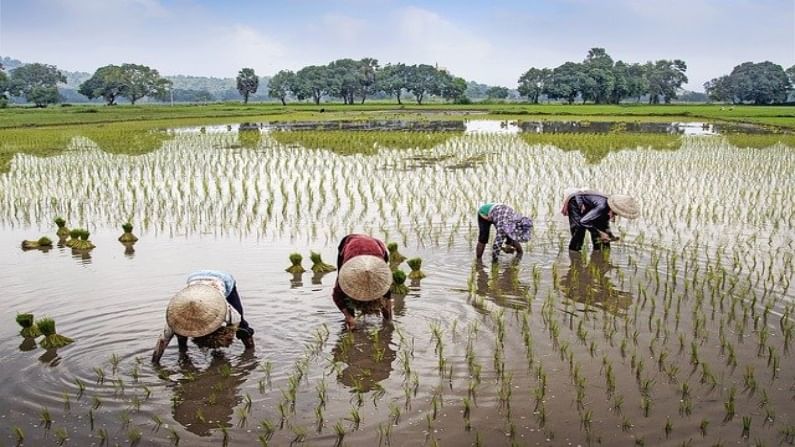17,000 new credit cards issued by ICICI linked to wrong users
Vandhe Bharat Passengers to only get half-a-litre water bottles; Boost & Horlicks no longer a health drink; IRCTC launches new Leh-Ladakh package and more....

A timeline be fixed for insurance companies to settle the PMFBY claims
Indian economy is vitally linked with the monsoon rainfall and that is because of its water resources.
On an average, more than 70% of the country’s rainfall takes place during the monsoon months between June and September.
This South-West monsoon serves as the lifeblood for the summer sown Kharif crops. About half of India’s farm output comes from these Kharif crops like rice, sugar, cotton, oilseeds, pulses, soybeans and coarse cereals. Especially rice saplings can’t be planted unless there is ankle-deep water standing in the fields.
Around 50% of India’s total food output comes in the form of summer crops. A delayed monsoon can lead to supply issues and even accelerate food inflation.
Two-thirds of Indians depend on a farm based income and nearly 60% of the country’s farms are dependent on rains and this is why having a good monsoon is critical to the economy.
In India, the South-West monsoon rains make its first landfall in Kerala. This usually happens in the first week of June. It hits Maharashtra around June 15 and Delhi around June 29.
Rains in India are needed to replenish 81 reservoirs in India which are then used for power generation, for irrigation and for drinking water.
Monsoon Predictions
The much-awaited onset of the southwest monsoon is expected to be delayed by two days and the rains are now likely to hit the Kerala coast on June 3 instead of June 1 as per the Indian Meteorological Department.
In complete divergence, private weather forecasting agency, Skymet yesterday said that the southwest monsoon has in fact already arrived over Kerala.
Timely monsoons too are significant as any deficit in rains during the early part of the season could delay sowing and reduce harvests, even if the monsoon gathers pace later.
The Indian Meteorological Department (IMD) has said that the southwest monsoon rain is expected to be normal this year, with the long-period average (LPA) at 98%.
A good monsoon this time will mean a third consecutive year of bumper production and a cascading positive impact on the economy battered by COVID-19.
Private weather forecasting agency Skymet has also said the monsoon will be normal at 103% of the LPA.
What is Normal ?
A normal, or average, monsoon means rainfall between 96% and 104% of a 50-year average of 89 cm (35 inches) in total during the four-month monsoon season from June to September, according to the IMD’s classification.
IMD works out an average rainfall in the country over the past 50 years. This year the period taken into account for this calculation is between 1951 and 2010.
Over the past two years, the country recorded excess rainfall to the tune of 110% and 109% of the long period average.
Rainfall below 90% of the average is classified as deficient, which suggests a drought. In 2018, India received 9% lower rainfall than normal.
Rainfall above 110% of the average would mean an excessive monsoon, which could cause flooding and reduce the yields of certain crops.
Monsoon For Higher Demand
Normal monsoon results in higher spending power of rural India and pushes up demand for consumer discretionary items like vehicles, televisions, FMCG or even gold. Higher rainfall can trim demand for subsidised diesel, which is used to pump wells for irrigation.
Whereas a below normal monsoon can negatively impact the broader economy.
The agriculture sector contributes around 15-17% to the GDP but directly or indirectly, accounts for 55-60% of jobs. Farming especially is highly labour-intensive and employs more than 40% of the country’s workforce.
Normal rains will help the economy, which is showing signs of recovery after being hit by Covid-19 led disruptions.
Politics Of Rainfall
Monsoon rains are also politically critical as less rainfall can hurt farm incomes and affect electoral prospects.